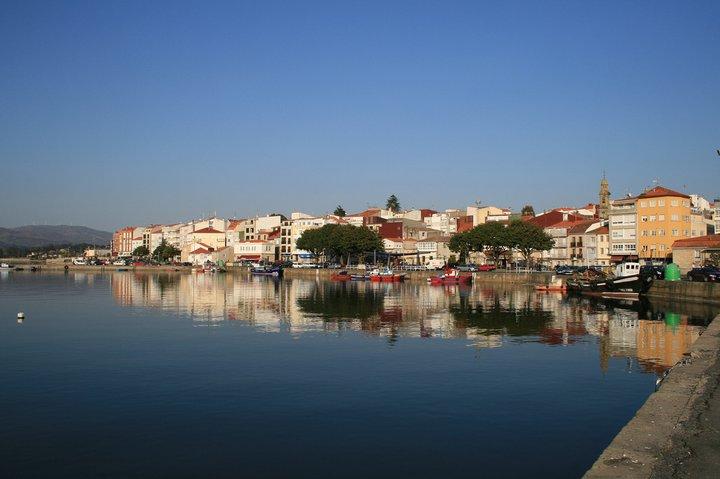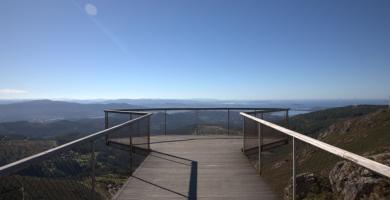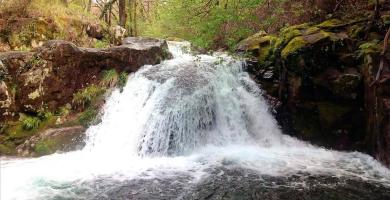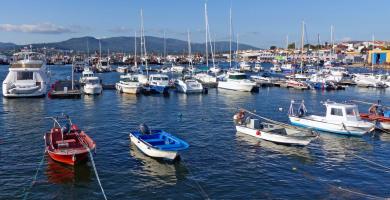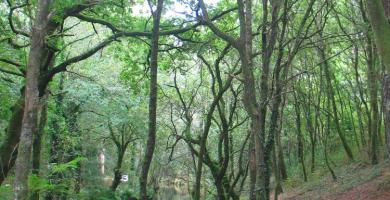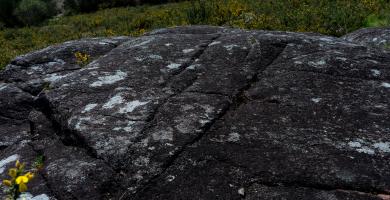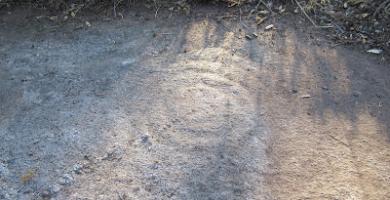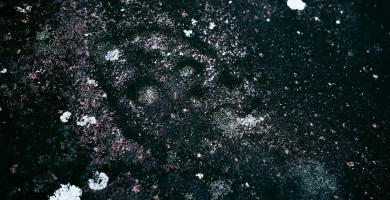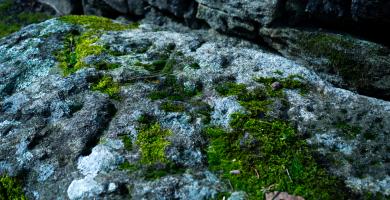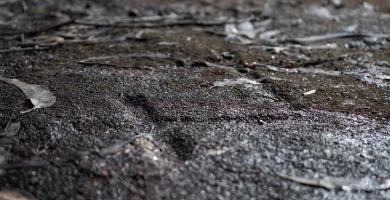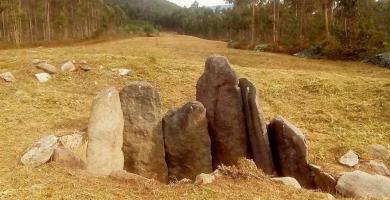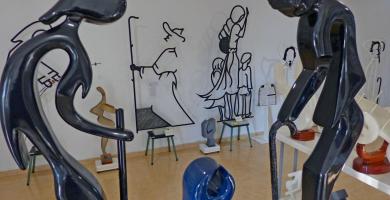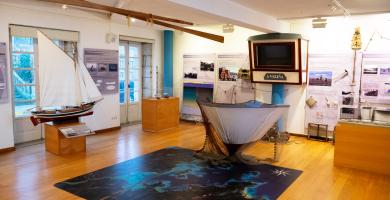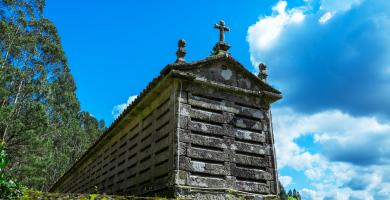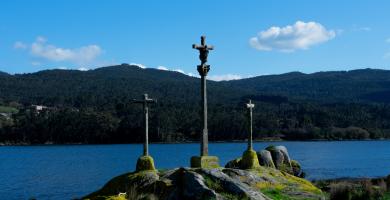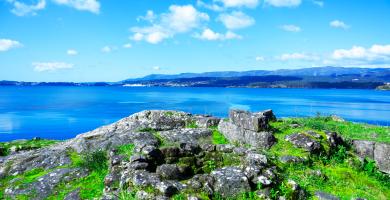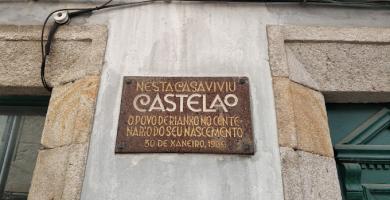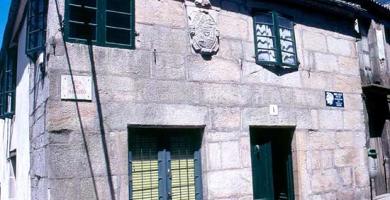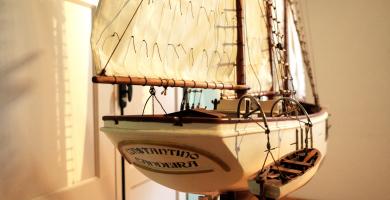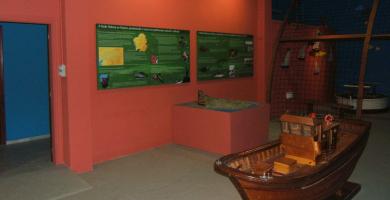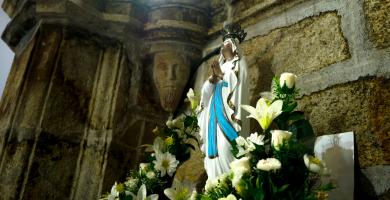Rianxo
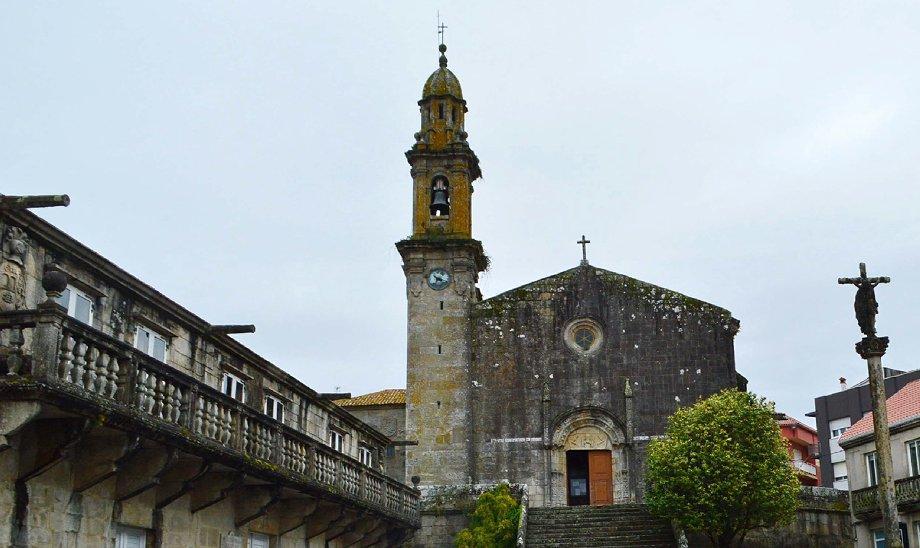
Rianxo is renowned for its seafront promenade and fishing port, which reflect the essence of a town that has always lived with its back to the sea. However, this municipality is much more than history and literature. Its peaceful beaches and privileged natural surroundings offer the perfect setting for relaxation and disconnection. Local festivities, such as the Festa da Virxe da Guadalupe, showcase the joyful and welcoming nature of its people, who enjoy celebrating their traditions with visitors.
Local cuisine, featuring fresh seafood and fish, is another highlight that Rianxo offers to its visitors. Its privileged location on the Arousa estuary makes the local seafood a true delicacy, with traditional dishes that are a must-try.
Rianxo not only stands out for its rich history and culture but also for its stunning natural surroundings. The municipality is part of the "A Orixe" Camino de Santiago, a historic pilgrimage route that commemorates the arrival of the Apostle James in Galicia. This route gives pilgrims the chance to enjoy natural landscapes while exploring Galician heritage.
Rianxo’s archaeological legacy is another major attraction, with remnants dating from prehistory to the Roman era. The Rianxo Archaeological Route allows visitors to explore various archaeological sites, while the Rianxo Archaeological Center offers a comprehensive view of the area’s past and the civilizations that once inhabited it.
Rianxo is also ideal for hiking enthusiasts, with numerous trails along the Barbanza coast offering spectacular views of the ocean and the surrounding landscapes. The area’s viewpoints provide breathtaking panoramas, making it the perfect spot to relax and enjoy nature.
Visitors can also discover the Manuel Antonio House Museum, a tribute to the renowned Galician writer, providing a fascinating and intimate glimpse into his life and work within a charming historic setting.
With its blend of culture, tradition, and nature, Rianxo is a magical destination that invites exploration for those looking to experience Galicia in its most authentic form.
